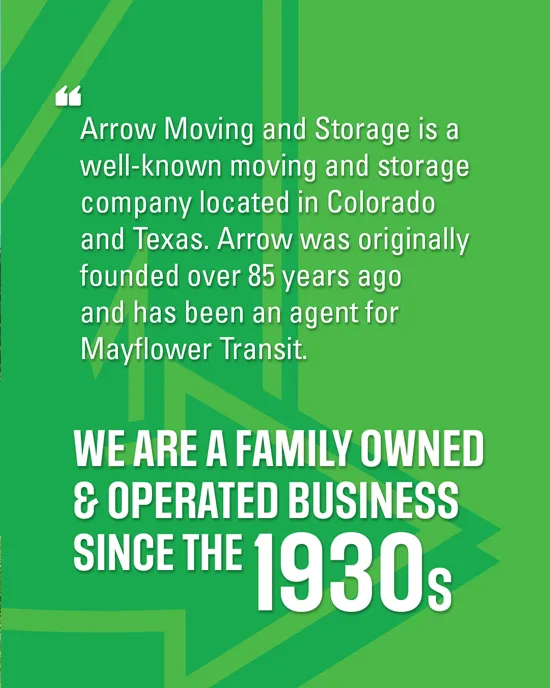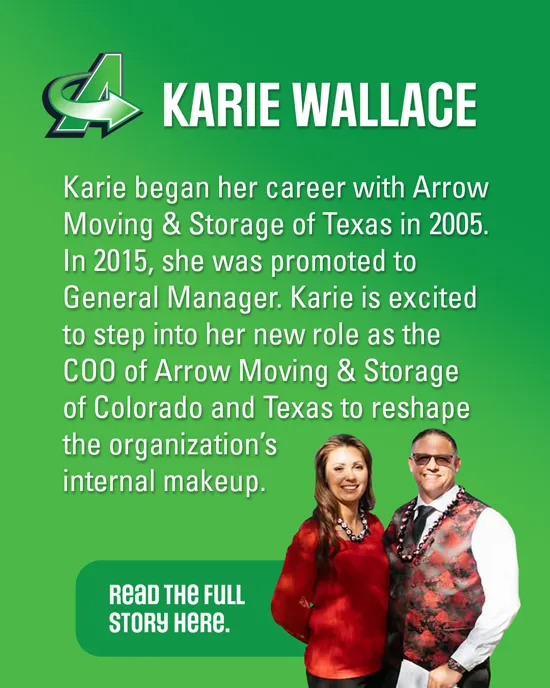Relocating a successful restaurant is like orchestrating a complex performance—intricate, exciting, and filled with obstacles. If you’re contemplating moving your eatery, knowing the potential barriers and how to overcome them is crucial. Let’s delve into the particulars of what makes relocating a restaurant uniquely demanding and yet potentially rewarding.
Location is Key
Every restaurateur knows that the address of your enterprise often determines its fate. A bustling corner in a vibrant neighborhood could translate to foot traffic and a steady stream of customers. Relocating means capitalizing on a similar advantage or risking a considerable loss if the new location doesn’t attract the crowd.
To tackle this, conduct thorough market research before making any commitments. Understand the new area’s demographics, spending habits, and lifestyle preferences. Work with a local real estate agent well-versed in these specific dynamics. Additionally, seek feedback from your existing customer base; their insights could reveal potential challenges or benefits in the new location that you might overlook.
Keeping the Essence Alive
Moving locations can sometimes risk losing the unique ambiance that regulars cherish. Retaining your restaurant’s essence while adapting to a new spot can be tricky. Does your bustling bistro vibe translate well to a quieter suburban setting?
Start by listing the core elements that encapsulate your brand identity. Look at the decor, menu items, and service style. Will the same setup work in the new environment, or do adjustments need to be made? Involve your loyal patrons by hosting mock service sessions at the new site to gather feedback on whether the original essence remains intact or needs adjustments.
Communication and Outreach
A successful transition heavily relies on robust communication. If customers, suppliers, or staff are left in the dark, the move might be misconceived as closure or deterioration in service. Ensure clear, frequent updates across all your communication channels. Social media platforms, newsletters, and your website should regularly inform stakeholders about your moving plans and how they might affect them.
Create a partnership with local influencers or newspapers within the new area. Engaging with community leaders can help build awareness and generate buzz. Encourage your most loyal patrons to help spread the word, perhaps with exclusive moving announcements or tasting events, establishing a bridge between old and new clientele.
Budgeting for the Move
Relocating a restaurant is not just operationally challenging; it’s financially taxing. Costs from renovations, transportation logistics, staff training, new equipment, and even temporary shutdowns will affect your bottom line. A detailed budget plan can save you from unpleasant financial surprises.
To keep finances under control, consider creating a phased relocation strategy. Stagger the move instead of doing everything at once. This will allow you to manage unexpected costs more effectively. To remain financially flexible during the transitional period, explore options like leasing equipment and negotiating with suppliers.
Embrace Fresh Beginnings
Despite the many challenges, relocating a restaurant can create new opportunities. Relocating allows you to refresh your brand image and innovate your offerings. As you embark on this fresh journey, consider what new possibilities this new location might offer—introducing a seasonal menu, collaborating with local producers, or hosting community events.
The prospect of reaching a new audience, re-engaging with your patrons, or re-imagining your brand can be rejuvenating. Every challenge presents an opportunity for growth, so with thoughtful planning and execution, your restaurant might just serve its most enticing dish yet—a successful relocation.
Savvy Moves, Big Returns
Ultimately, the key to a successful restaurant relocation is to match your vision with the opportunities presented by your new location. While challenges are inevitable, you can maneuver them with strategic planning, community engagement, and an adaptable mindset. By considering these factors, your restaurant can thrive in fresh surroundings, often with more vibrancy and flavor than before. Embrace the move, which might be the secret ingredient to your continued success.
We are moving experts who can help with the planning and logistics of your commercial move. Contact us for a quote today.





